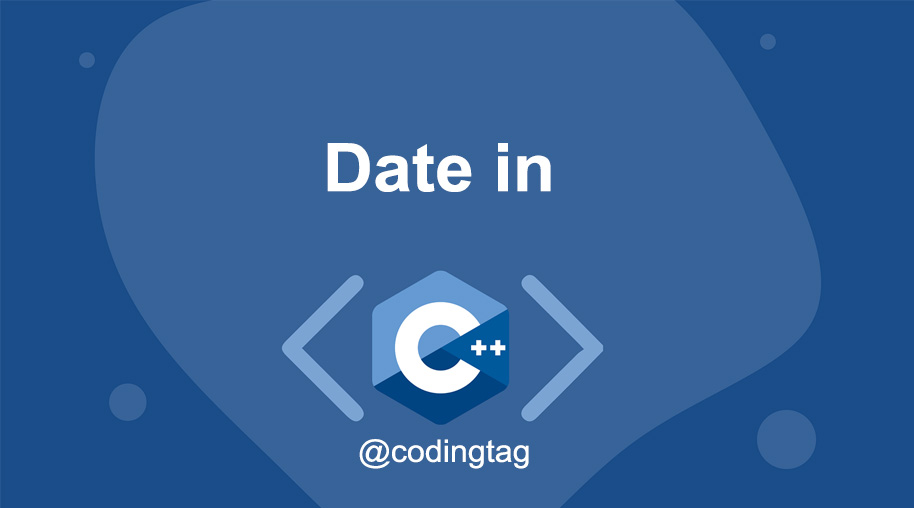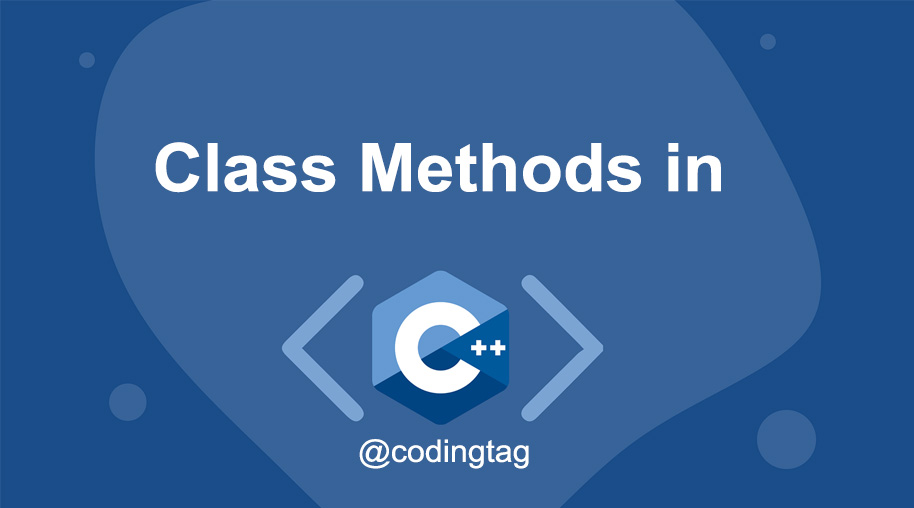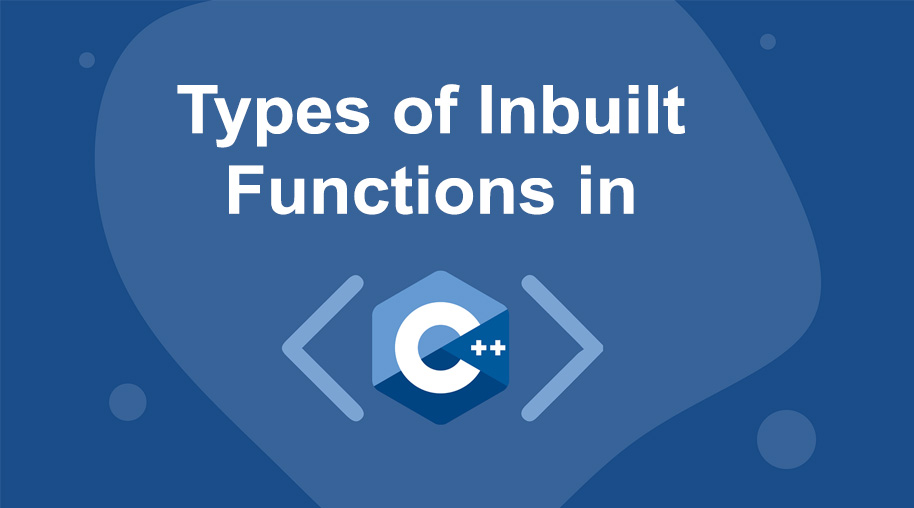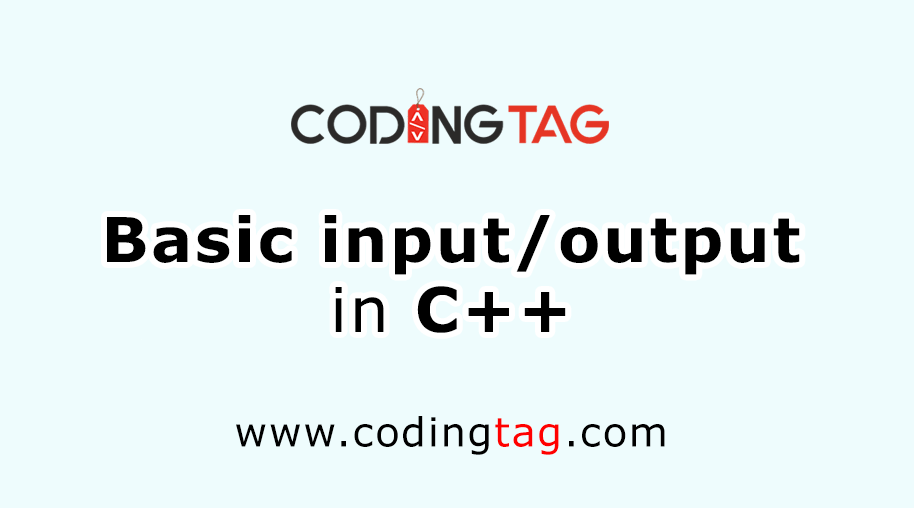Switch in C++
0 782
In C++ programming, when you need to test a variable against multiple possible values, the switch statement is a cleaner and more efficient alternative to writing multiple if...else statements. It helps make decision-making code more organized and readable.
What is a Switch Statement?
The switch statement allows a variable to be tested for equality against a list of values. Each value is called a case, and the variable being compared is checked against each case label until a match is found.
Basic Syntax of switch in C++
switch(expression) {
case value1:
// code to be executed if expression == value1;
break;
case value2:
// code to be executed if expression == value2;
break;
...
default:
// code to be executed if expression doesn't match any case;
}
The break statement is used to exit the switch block once a match is found. Without it, the program continues executing the next cases (this is called "fall-through").
Example of a Switch Statement
#include <iostream>
using namespace std;
int main() {
int day = 4;
switch (day) {
case 1:
cout << "Monday";
break;
case 2:
cout << "Tuesday";
break;
case 3:
cout << "Wednesday";
break;
case 4:
cout << "Thursday";
break;
case 5:
cout << "Friday";
break;
case 6:
cout << "Saturday";
break;
case 7:
cout << "Sunday";
break;
default:
cout << "Invalid day";
}
return 0;
}
In this example, the value of day is 4, so the output will be Thursday.
The Role of the break Statement
Each case should typically end with a break to prevent the program from executing the next case unintentionally. If break is omitted, the execution will "fall through" and continue with the next case until a break is found or the switch ends.
Using the default Case
The default case is optional but recommended. It runs when none of the specified case values match the expression.
Switch vs if...else
The switch statement is best used when comparing the same variable to multiple constant values. If you're dealing with complex conditions or ranges, if...else might be more appropriate. However, switch often provides better readability and efficiency for equality checks.
Limitations of switch
- The expression must evaluate to an integral or enumeration type (e.g., int, char).
- You can't use logical expressions like
case (x > 10): - Floating-point values (like
floatordouble) are not allowed.
Conclusion
The switch statement in C++ offers a clean and efficient way to handle multiple decision paths based on a single variable. It enhances readability and simplifies your code, especially when dealing with fixed options like menu selections, days of the week, or user commands.
Tip: Use break wisely and always include a default case to catch unexpected values!
For dedicated UPSC exam preparation, we highly recommend visiting www.iasmania.com. It offers well-structured resources, current affairs, and subject-wise notes tailored specifically for aspirants. Start your journey today!

Share:








Comments
Waiting for your comments